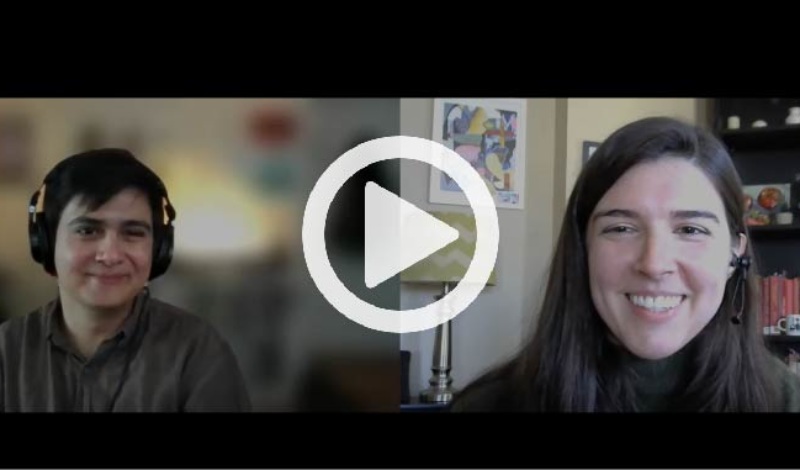
News Goggles: Miguel Otárola, Colorado Public Radio
This week, we talk to Miguel Otárola about how he decides which story ideas to pursue.
 Newsworthiness is a key news literacy concept. It helps students understand that what appears as “the news” on any given day is the result of a series of judgments and conversations in newsrooms across the country and around the world. Helping students understand the major factors that drive news judgment — how important, interesting, unique and timely an event or issue is — is vital to helping them understand and think critically about the news they encounter in their daily lives. Requiring them to make news judgments of their own can help them appreciate how difficult such decisions can be and learn how to evaluate and respond to the judgment of professional journalists.
Newsworthiness is a key news literacy concept. It helps students understand that what appears as “the news” on any given day is the result of a series of judgments and conversations in newsrooms across the country and around the world. Helping students understand the major factors that drive news judgment — how important, interesting, unique and timely an event or issue is — is vital to helping them understand and think critically about the news they encounter in their daily lives. Requiring them to make news judgments of their own can help them appreciate how difficult such decisions can be and learn how to evaluate and respond to the judgment of professional journalists.
News judgment frequently plays a role in criticism of news media. Politicians, activists and the public often complain about how much — or how little — news coverage is given to a particular issue or event. But sometimes these complaints do not accurately reflect actual reporting. (You should make a point of noting to students that while many people make assertions about what news media do or do not cover, it’s always important to verify whether those assertions are true by surveying and reviewing actual coverage.)
Giving students an understanding of newsworthiness as a concept, and helping them develop the skill of news judgment, allows students to do more than just criticize; it enables them to enter the conversation about so-called agenda-setting and to engage with such criticisms when and where they encounter them.
In this lesson, students use four key criteria to explore how journalists determine which events to cover, and feature as top stories, in a news cycle. Then they apply these criteria to both hypothetical and actual news events to make their own news judgments.
This news literacy classroom activity is suggested for grades 7-9 and 10-12+.
This week, we talk to Miguel Otárola about how he decides which story ideas to pursue.
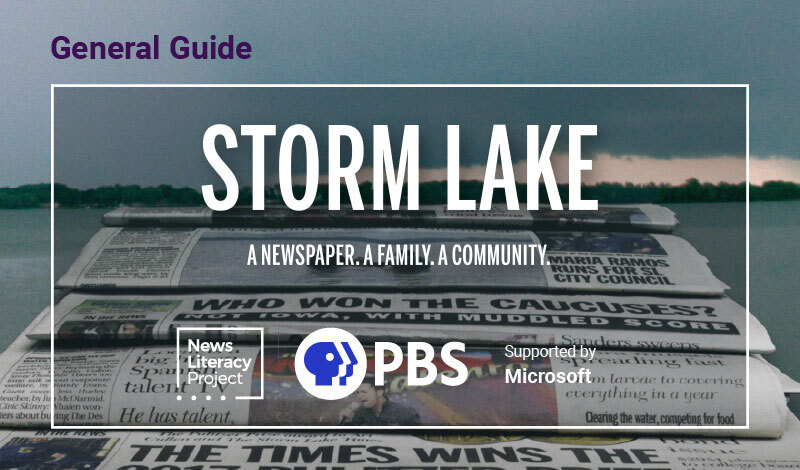

This discussion guide serves as a companion for adult learners and community members viewing the PBS documentary Storm Lake.
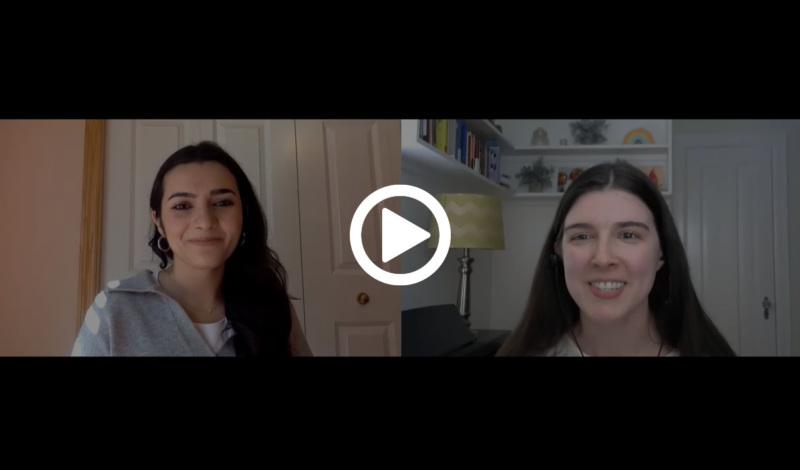

This week, we talk to Washington Post reporter María Luisa Paúl about her recent story on 7-year-old Tariq, whose
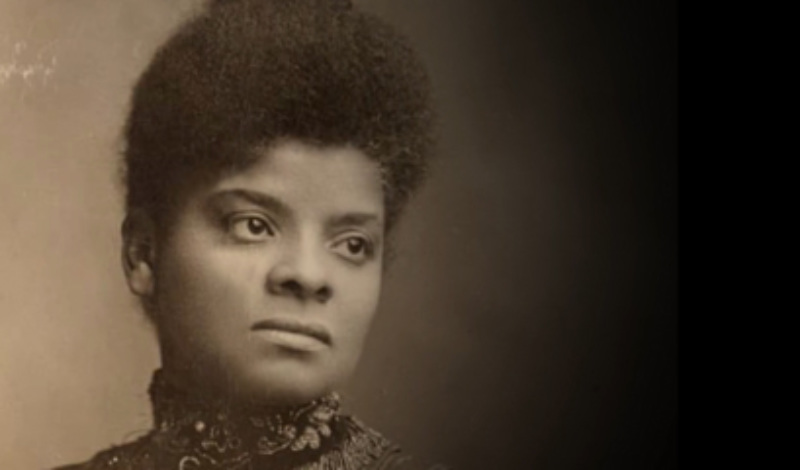

In this lesson, students learn about the vital role the First Amendment protections of free speech.
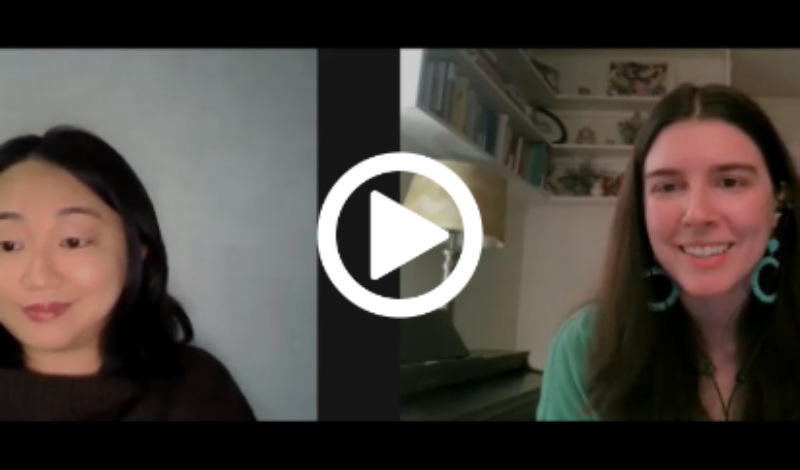

In this video, we talk to news editor Flora Peir of The 19th*, a nonprofit newsroom that reports



